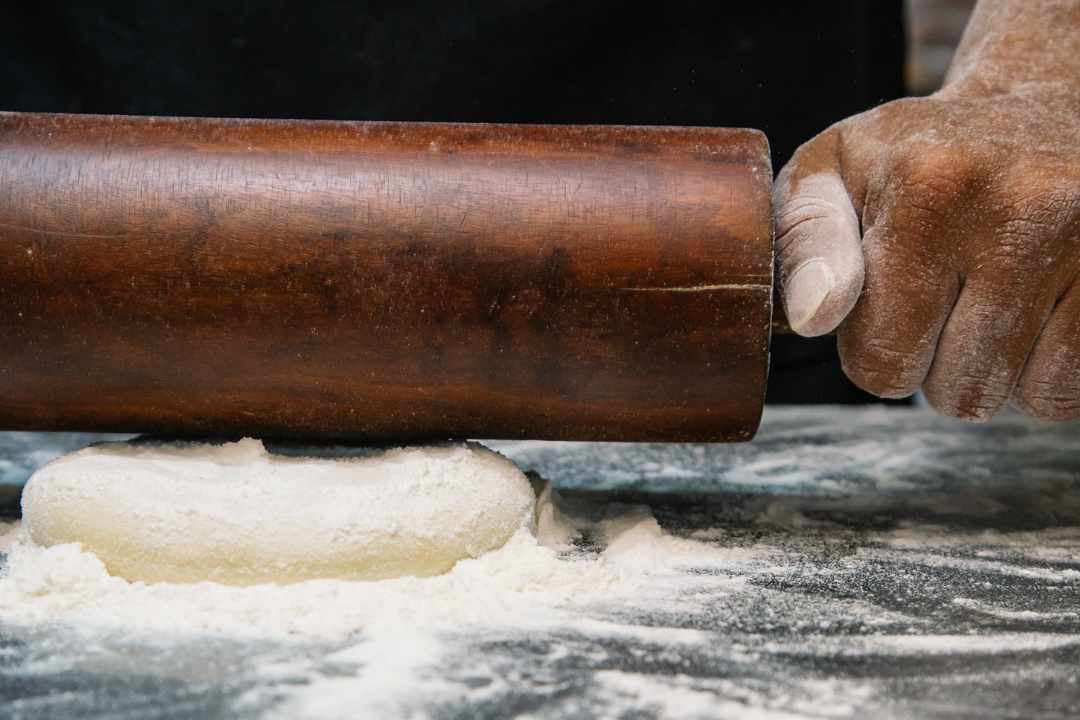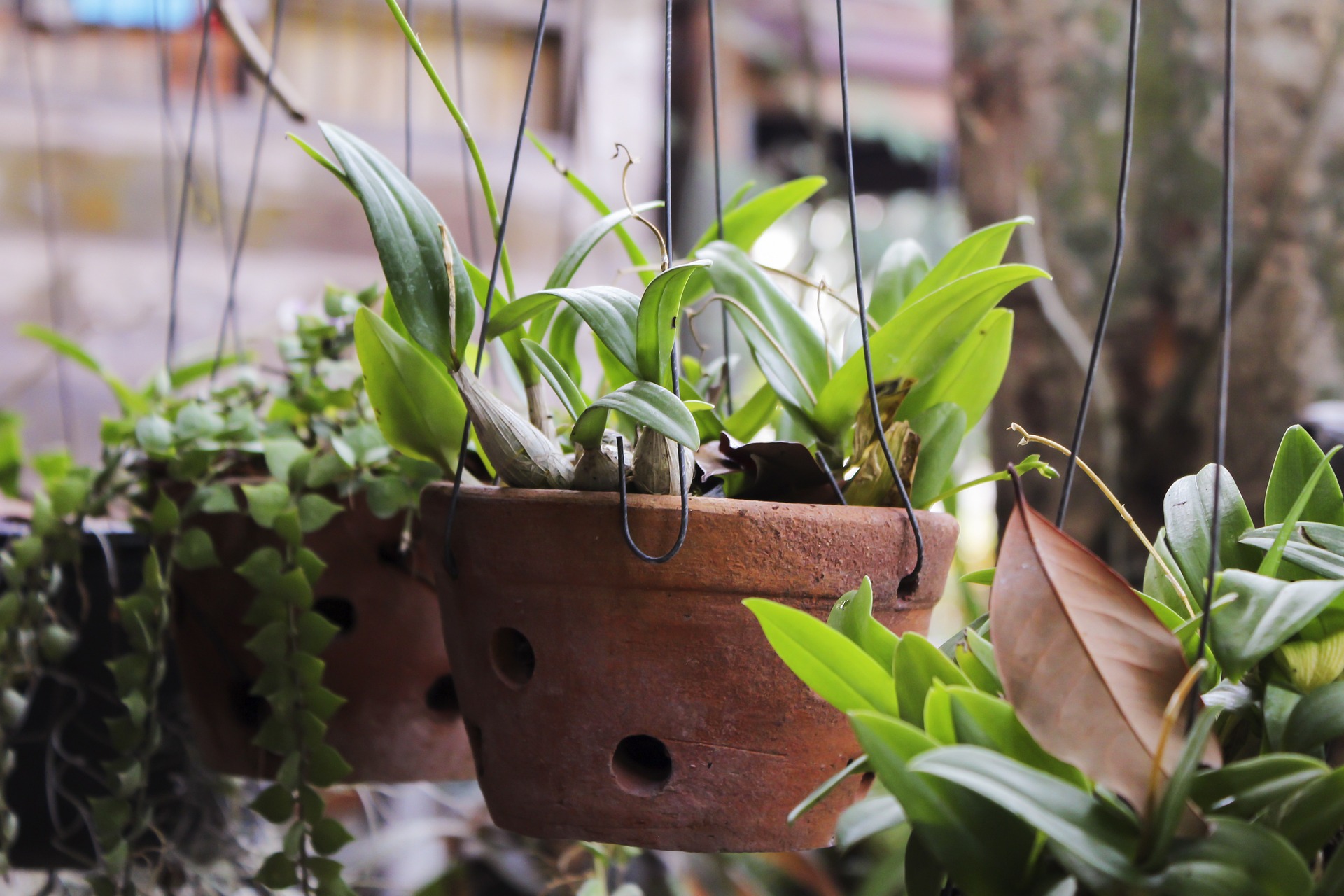Sizzling Sourdough: A Fresh Look at an Ancient Art
Have you ever wondered about the magic that lies behind a crispy, artisanal sourdough loaf? Join us on a tantalizing journey as we explore the cutting-edge in sourdough baking and demystify its seemingly complex process.

The Resurgence of Sourdough
Over the past few years, sourdough baking has seen a surprising resurgence. This is not just about nostalgia or embracing tradition. Many bakers and food enthusiasts are lured by sourdough’s unique tangy flavor, hearty texture, and the tantalizing aroma it emits while baking.
The Science Behind the Loaf
The magic of sourdough lies in fermentation. Unlike commercial yeast, a sourdough ‘starter’ is a symbiotic culture of wild yeast and lactic acid bacteria. They feed on the sugars in the flour and release carbon dioxide, which makes the dough rise, and lactic acid, responsible for sourdough’s characteristic tang.
Sourdough and Health
Fermentation also makes sourdough more digestible and nutritious. It breaks down phytic acid, a substance in grain that can block the absorption of minerals. It also reduces gluten content, which makes the bread easier to digest for people with mild gluten intolerance.
Modern Advances in Sourdough
The advancements in cooking technology have made sourdough baking more accessible than ever. For instance, Dutch ovens can mimic the steam-injected commercial ovens, ensuring a crispy crust and soft interior.
Sourdough in Contemporary Cuisine
Sourdough’s distinctive taste and texture made it a darling of the culinary world. It’s not only used for bread but also in a variety of dishes such as pizza, pancakes, and even desserts like brownies and cakes.
Exciting Sourdough Facts & Tricks
- Sourdough starters can be several centuries old.
- You can make your own starter from flour and water.
- A sourdough loaf can stay fresh for about a week.
- Overproofed sourdough can be saved by shaping it into a tighter ball and baking it immediately.
Sourdough is much more than a type of bread. It’s a living testament to the timeless magic of fermentation, a challenge to bakers, a health food, and a canvas for culinary creativity. In embracing sourdough, we’re not just returning to our roots but also looking forward to the future of baking.




